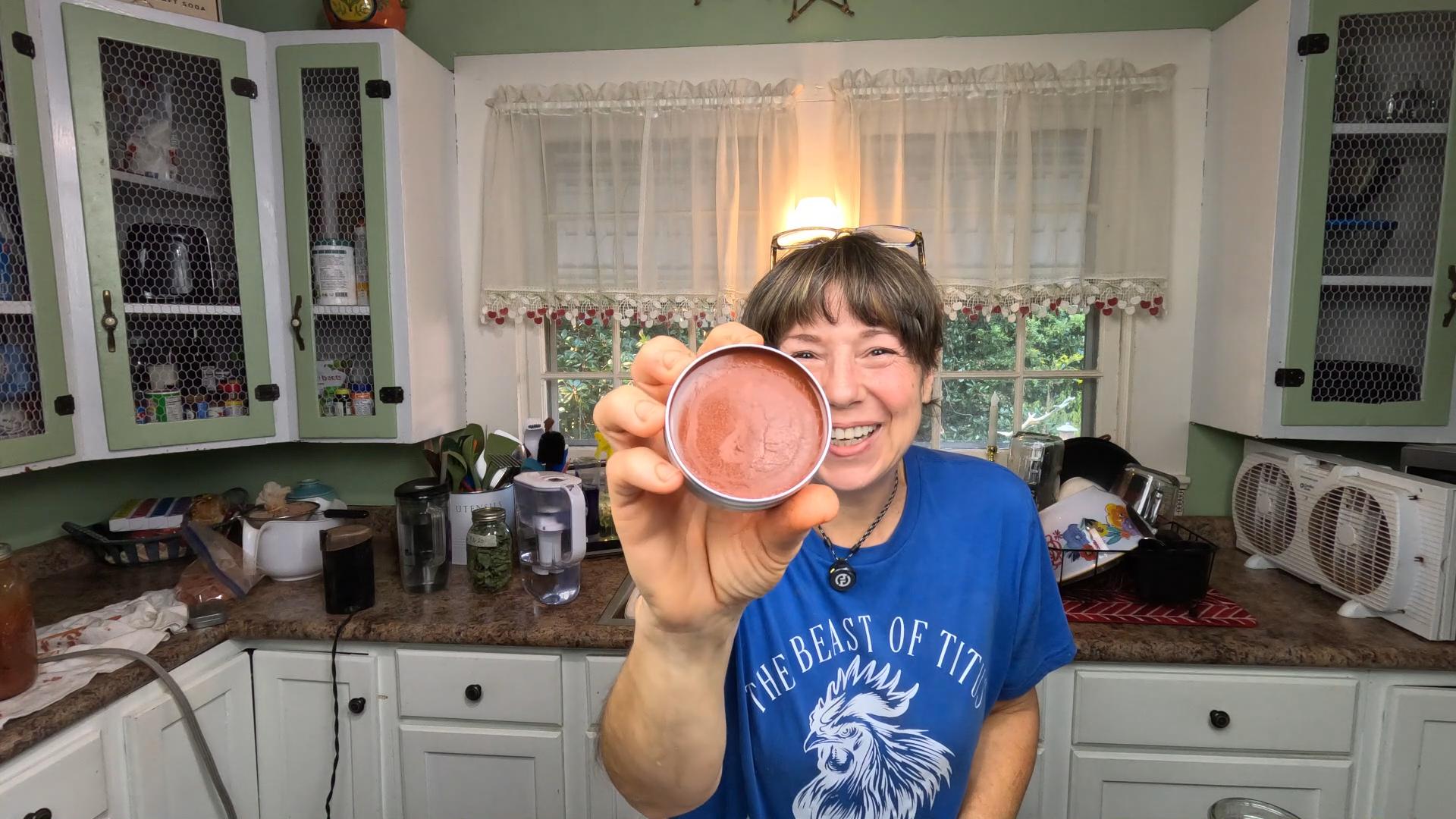How to refine Alabama red clay into medicine for bites, stings, and splinters
Clay Through the Ages
Clay has been used since the beginning of time. Folks shaped it into bowls and bricks, used it as a paint for rituals, and put it on wounds. A simple handful of wet clay could be laid over a burn, a sting, or an infection, with the belief (now backed by science) that it would help pull out whatever didn’t belong in the body.
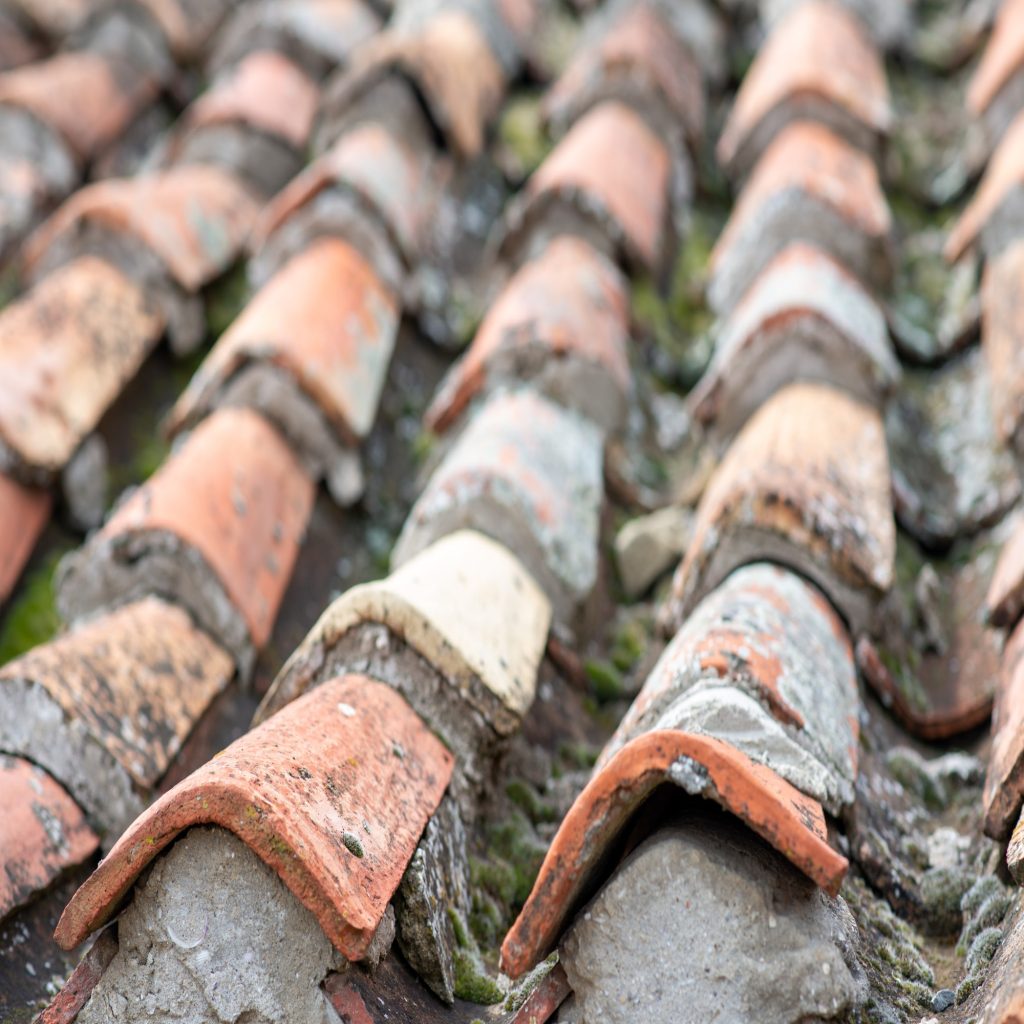
Alabama Red Clay: A Local Healer and Builder
Here in Alabama, red clay is part of daily life (and laundry day!). It’s been used to build shelters, line chimneys, and make dishes that stood up to generations of use. Folks also leaned on it as medicine. Families kept it on hand for bee stings, boils, splinters, and even snakebites when the doctor was too far away. This humble red dirt has always been more than just something to track into the house, it’s been both a builder and a healer.
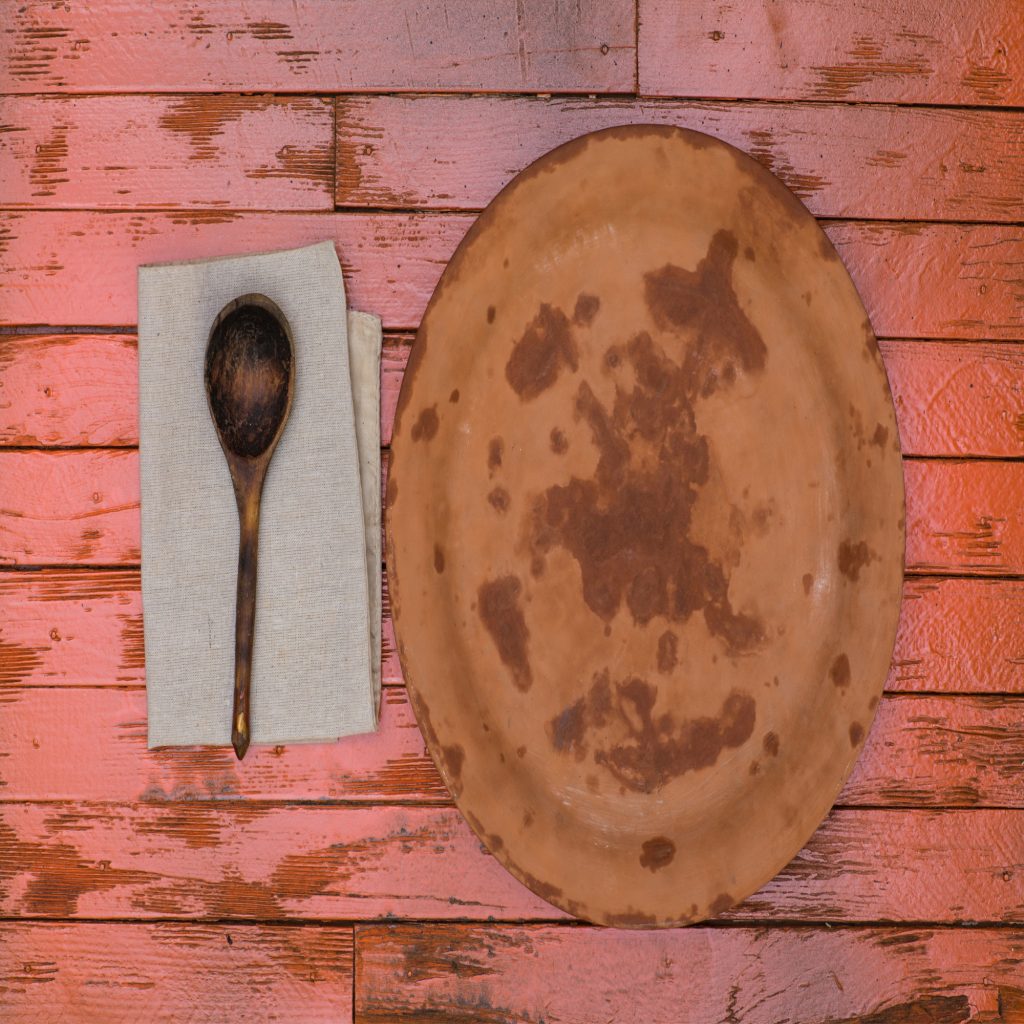
Why Clay Works
Old-time healers didn’t need lab coats or microscopes to explain what they saw with their own eyes: clay drew out trouble. A dab of wet clay could ease the pain of a sting or coax a splinter up where it could be pulled free.
Now we know why. Clay doesn’t absorb like a sponge; it adsorbs. That little “d” makes all the difference. Clay carries a negative charge, and a lot of irritants and toxins carry a positive one. Put the two together, and clay binds to the bad stuff like a magnet.
There’s also the suction effect. As clay dries, it tightens and contracts, tugging gently at the skin. That pulling action helps draw things outward. If you’ve ever used a clay face mask, you’ve felt that tight, clean effect.
On top of that, Alabama red clay is rich in minerals: iron, silica, calcium, magnesium, and trace elements. They give the clay its strength, its color, and its reputation for soothing irritation. Taken together, the adsorption, the suction, and the minerals make clay a remedy that works on more than one level. No wonder people trusted it long before science explained it.
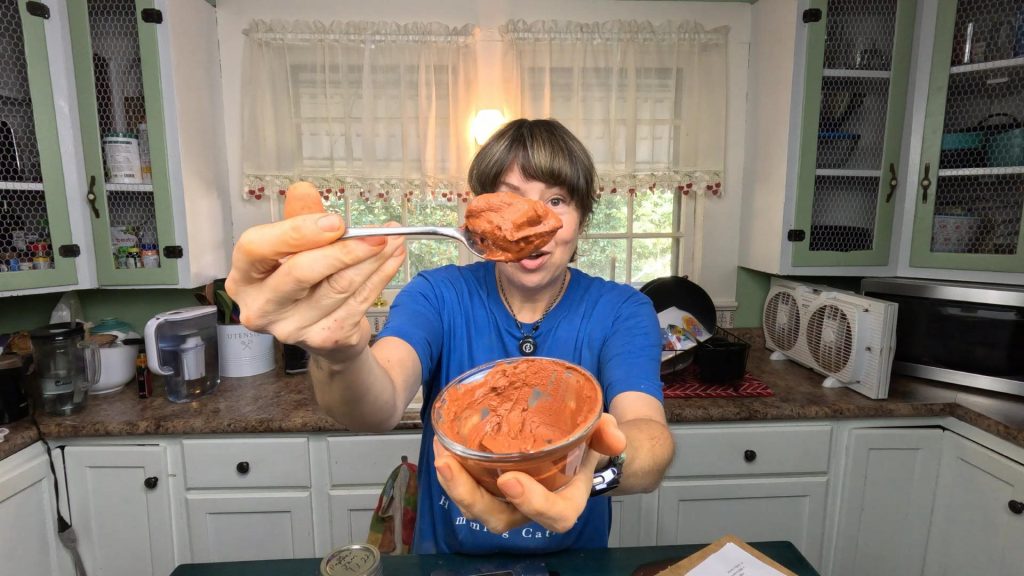
Preparing Clay for Medicine: Slaking, Refining, and Sterilizing
Clay is everywhere. Chances are you’ve got some in your backyard. Here in Alabama, red clay often lies right on top of the ground, bright and obvious, so all it takes is a shovel and a bucket. In other places you may need to look in creek beds, riverbanks, or along old road cuts where the rain has washed the soil away.
Once you’ve dug your clay, you’ve got to get it ready. I take it through three stages: slaking, refining, and sterilizing.
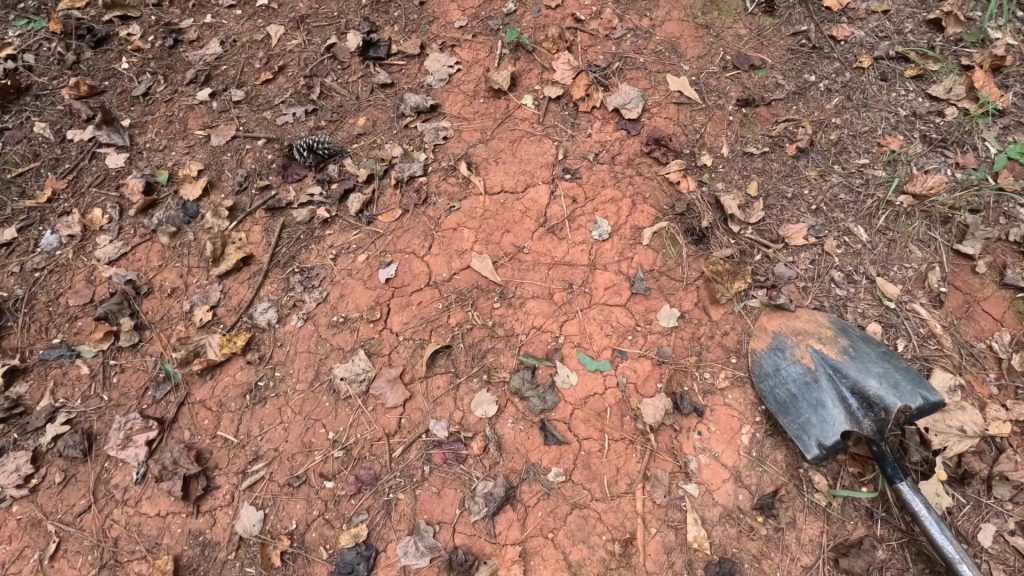
Step 1. Slaking
Break the clay into chunks. I use an old brick and give it a whack. Fill a jar or bucket halfway with the pieces, cover with water, and stir or shake it around. Add more water if needed. I do mine in a half gallon Mason jar and just give it a shake when I walk by. Let it sit overnight so the clay can turn into a thick slurry.
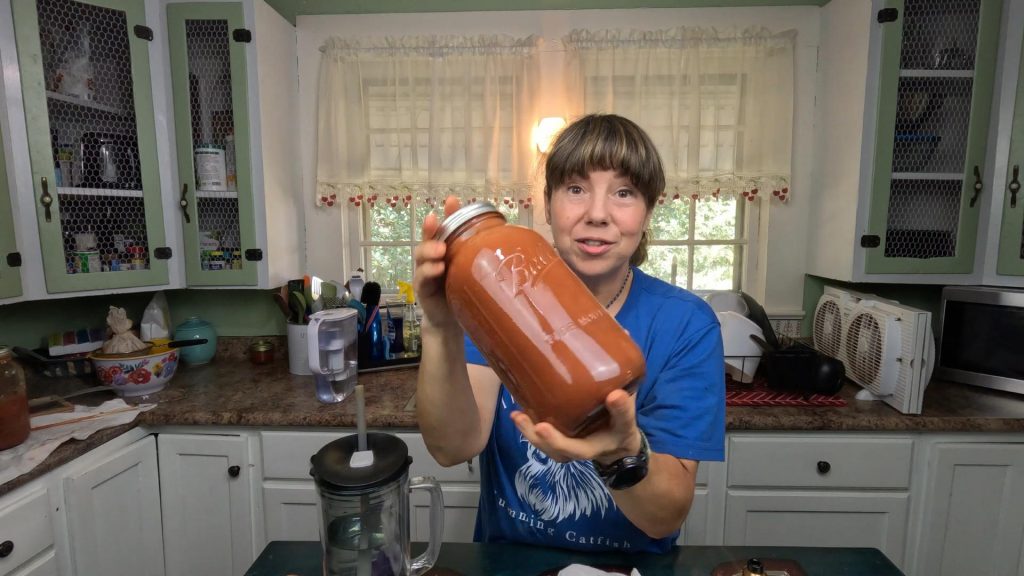
Step 2. Refining
Pour the slurry through a cloth or fine strainer to catch large grit and any organic matter. Pour the liquid clay back through the strainer a second time then let the mixture sit until the clay sinks to the bottom (usually overnight). Pour off the clear water, then pour the watery clay into a doubled cloth (an old T-shirt does fine). Tie it up the top and let it drain for a day.
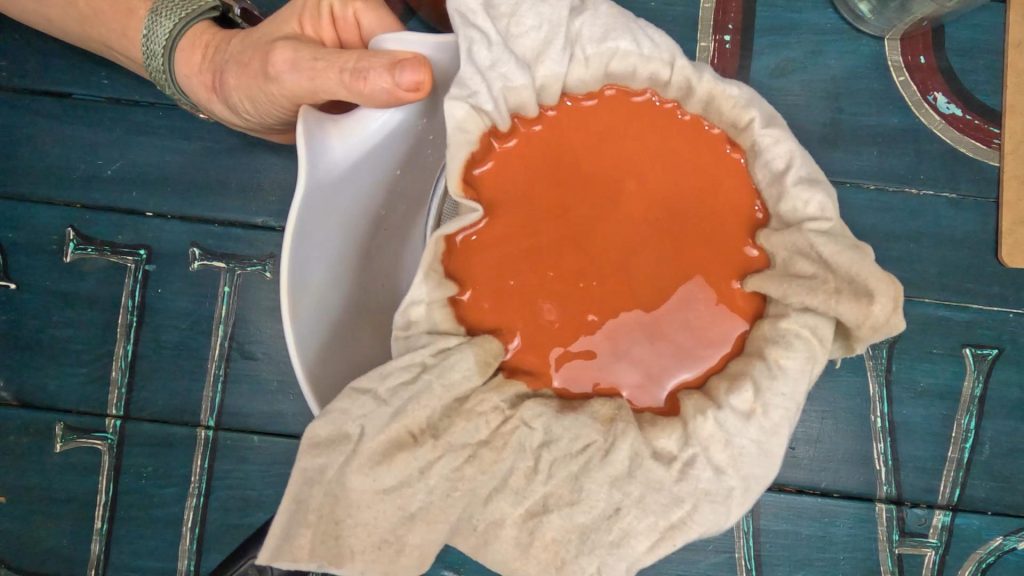
Step 3. Sterilizing
Spread the damp clay on a parchment-lined pan. Heat it to at least 212°F for 30 minutes sterilize. I usually set my oven at 225°F and let it go for around 6 hours (breaking up the clay and turning it over now as it starts to dry), or until it’s bone dry.
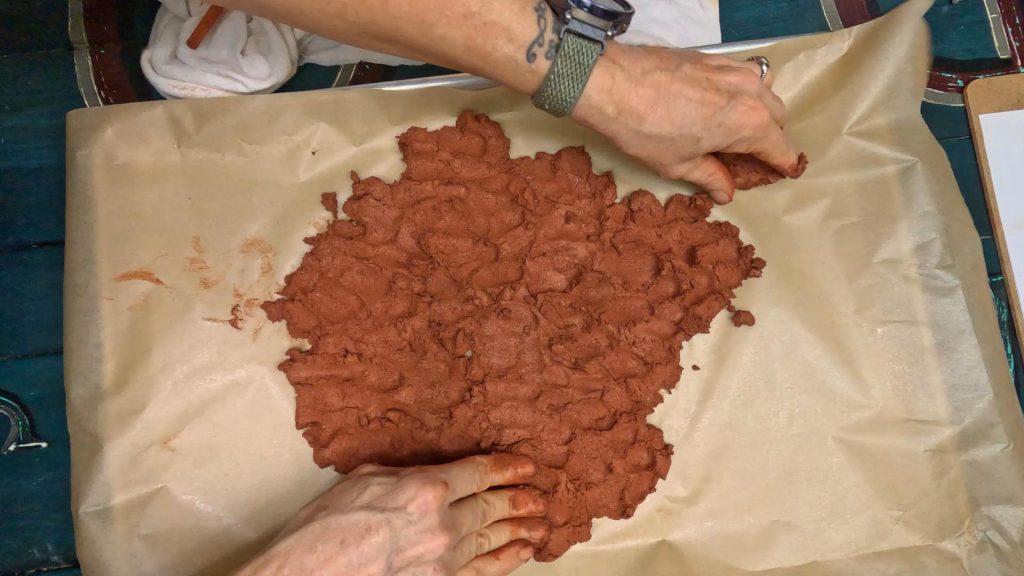
Final Step. Powdering
Once dry and sterilized, grind it to a powder in a spice mill (not one you use for food) or a mortar and pestle.
Now you’ve got clean, powdered clay — ready to turn into medicine.
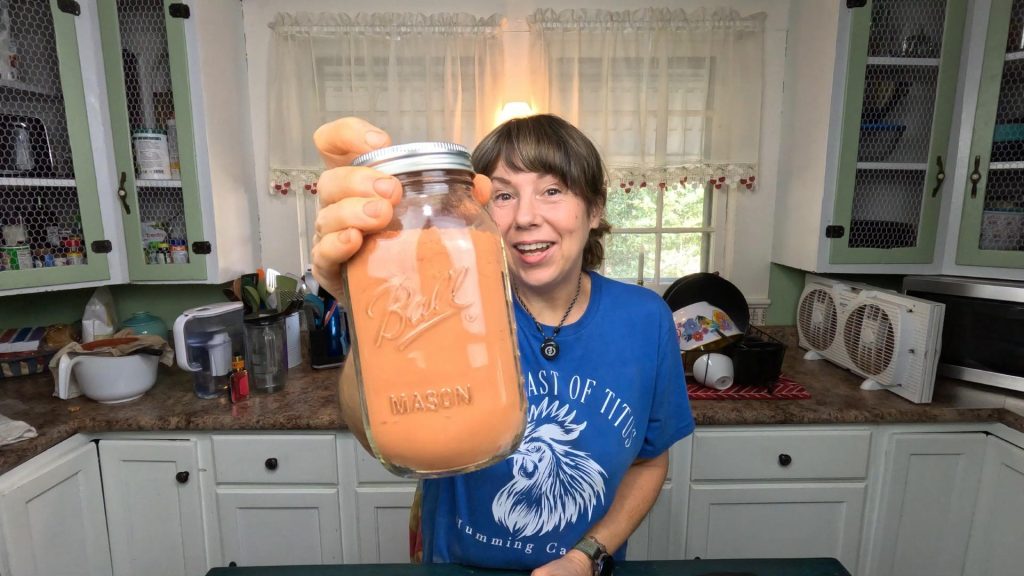
Note: Red clay stains. Just ask any mama in the South who’s tried to scrub it out of blue jeans after a muddy day. Keep an old towel handy, because once it’s on fabric, it’s there to stay.
Clay Poultice
The simplest way to use the clay powder is as a poultice. This was a go-to in many farmhouses because it could be made in minutes with nothing more than clay and water. Some folks strengthened it with baking soda to help with stings and bites.
Clay Poultice Recipe
- 1 part powdered clay
- 1 part baking soda
- Enough water to make a paste
How to Use It
- Mix the clay and baking soda first.
- Add water until you’ve got a smooth, spreadable paste.
- Apply it right on the sting, bite, or sore spot.
- Leave it until it dries and starts to crack, then wash it off.
- Reapply with fresh paste if needed.
I like to keep a pint jar of the dry mix ready so that when trouble hits, all I have to do is scoop some out, stir in some water and it’s ready.
Making a Heritage Clay Salve
If you want something easier to carry and store, a clay salve is the way to go. The oil base keeps it soft, and the beeswax makes it hold together. I stick to three ingredients:
Clay Salve Recipe
- 4 parts castor oil
- 2 parts powdered red clay
- 1 part beeswax
How to Make It
- Put three canning rings in a pot, add water, and set a mason jar on top for a double boiler.
- Add the oil and beeswax to the jar and warm until the wax is melted.
- Stir in the powdered clay until smooth.
- Pour into tins or jars and let cool.
That’s it — a ready-to-use drawing salve. Just dab it on a bite, sting, or splinter and cover if needed.
Note: A clay salve doesn’t dry like a poultice, so you lose that suction effect. What it does keep is clay’s adsorptive power, it still binds to irritants and helps draw out splinters or other impurities. I don’t recommend using the salve for poison ivy or anything that needs to drain; the poultice is the better choice for that job.
See It in Action
This post gives you the background, the recipes, and the steps. The video shows clay in action — you can watch me turning it into a drawing salve.
⚠️ Disclaimer: I’m not a doctor, and this blog is for educational and historical purposes only. Clay salves and poultices are part of old-time folk remedies, but they may not be good medicine for you. Always do your own research and check with a healthcare professional before using any natural remedy.
